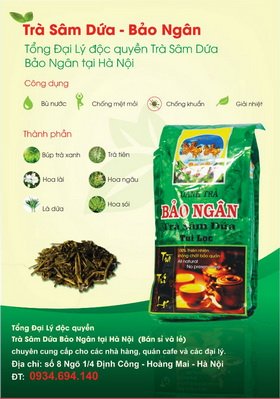Mọi người dịch giúp mình đoạn này với ạ. Xin cảm ơn.Over the past 20 years there has been a growing consumer’sinterest, in minimally processed fruit and vegetables for theirfreshness and convenience. The benefits of fruit and vegetable consumptionare now widely reported in the literature, as they representa source of vitamin C and phenolic antioxidants, which intakeis reported to decrease the risk of developing degenerative diseases,such as cancer, diabetes, cardiov... Mọi người dịch giúp mình đoạn này với ạ. Xin cảm ơn.Over the past 20 years there has been a growing consumer’sinterest, in minimally processed fruit and vegetables for theirfreshness and convenience. The benefits of fruit and vegetable consumptionare now widely reported in the literature, as they representa source of vitamin C and phenolic antioxidants, which intakeis reported to decrease the risk of developing degenerative diseases,such as cancer, diabetes, cardiovascular and neurologicaldiseases. Among fruits, oranges have the ideal characteristics tobe minimally processed as they are a non climacteric fruit thatcan be stored for long periods without apparent bio-chemicalchanges [1]. Orange juice is probably the best known and mostwidespread fruit juice all over the world, particularly for its flavorand highest value for its vitamin C and natural antioxidantscontents [2].Citrus fruits are the main horticultural products with an annualproduction of over 88 million tons, where 33% of the fruits such asoranges, etc. are industrially processed for juice production [3].Many studies have been conducted to determine the energyefficiency of plant production, such as energy use pattern in atypical village in arid zone; soybean and wheat crops in India, sun-flower in Greece, citrus fruits, sweet cherry, some field crops andvegetable in Turkey and maize and sorghum in the United States[4]. Crop production in general requires high input of fossil fuels,which is consumed as direct and indirect energies. The lattersystems are characterized by the heavy use of fertilizers, pesticides,labor-saving and high-power machines [5]. Mathematicalfunction needs to be specified to obtain a relationship betweeninputs and yield [6]. Agriculture uses large quantities of locallyavailable non-commercial energies, such as seed, manure andanimate energy, and commercial energies directly and indirectlyin the form of diesel, electricity, fertilizer, plant protection,chemicals, irrigation water, machinery, etc. Efficient use of theseenergies helps to achieve increased production and productivityand contributes to economy, profitability and competitiveness ofagricultural sustainability to rural living requirements [7].Renewable energy sources coming from agricultural crops playan important role to supply the energy requirement and in termsof environmental effects [8]. Energy input–output relationshipsin cropping systems vary with the crops grown in a sequence, typeof soils, nature of tillage operations for seed bed preparation,nature and amount of organic manure and chemical fertilizers,plant protection measures, harvesting and threshing operations,yield levels and biomass production
Xem thêm.
 1 · 01/04/17 10:47:28
1 · 01/04/17 10:47:28 0 · 01/04/17 10:49:08
0 · 01/04/17 10:49:08

